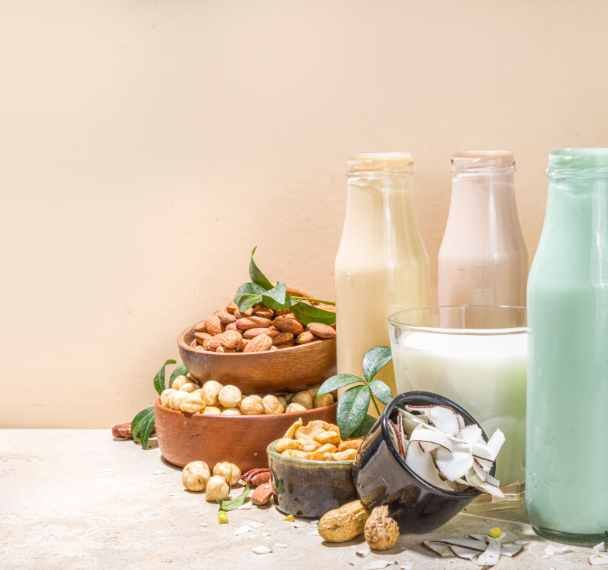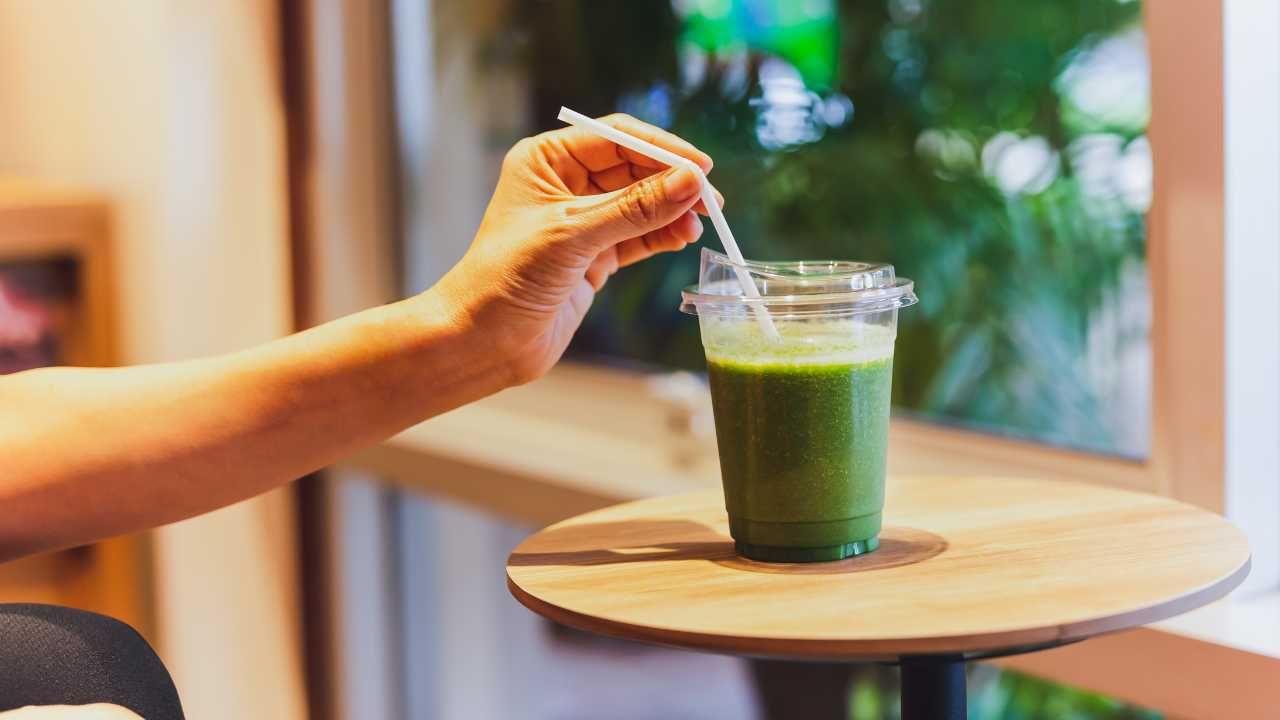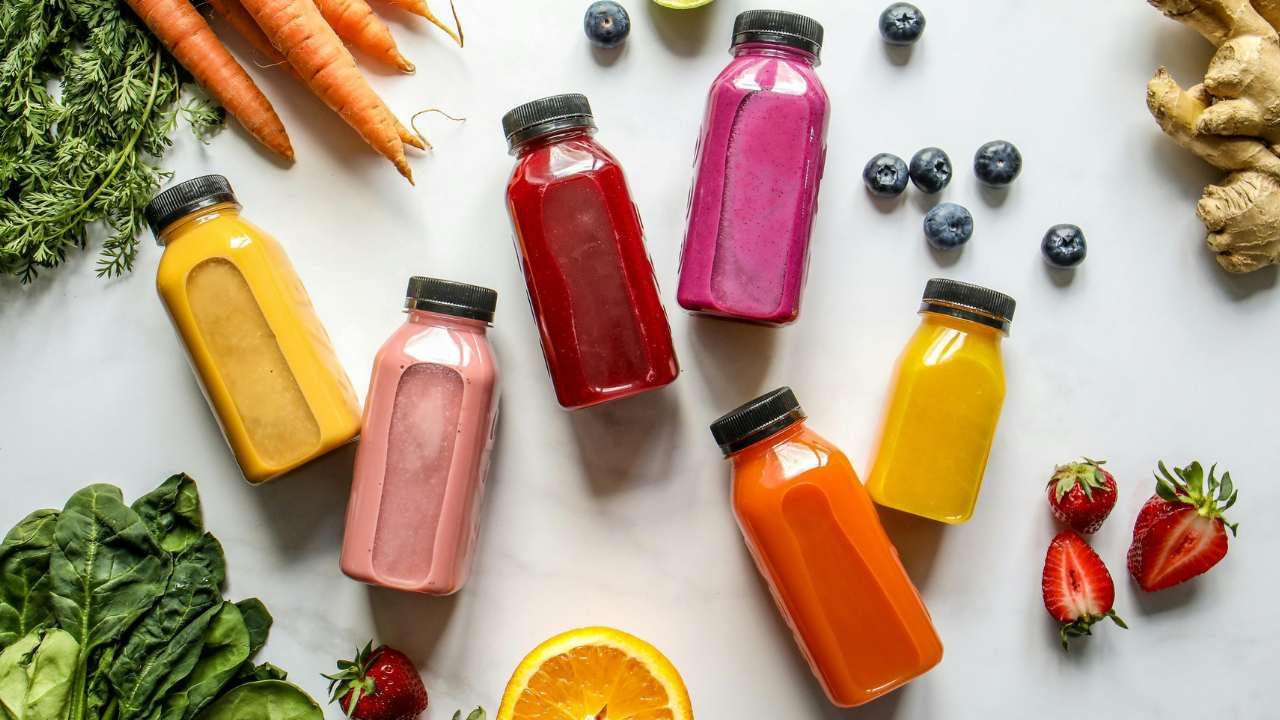Uncovering The Flavours Of Chocolate Series | The Impact Of Cacao Variety & Genetic
Jan 26, 2023
Introduction
Chocolate is one of the most beloved treats in the world, and its flavour is something that many people crave. But what makes the taste of chocolate so unique?
It all starts with the cacao variety, genetic, origin, and terroir - the combination of soil and climate that gives each cacao bean its distinct flavour. In this blog series, we will explore how the variety and genetic impact the flavour of your favourite chocolate bar.
Cacao variety and genetic

One of the most important factors in determining the flavours of chocolate is the variety of cacao used. Different varieties of cacao have unique flavour profiles, e.g. some having herbal, spicy, fruity or molasses notes or being sweeter or more acidic than others.
The main cacao varieties:
🔸Criollos: usually very delicate flavour profile: very chocolatey, slightly almondy, a bit of honey, a touch of acidity, very balanced and nothing overwhelming.
🔸Amelonado: usually earthy, woody, coconuty or almondy. The flavour profile usually lacks fruity notes and complexity,with a harsh unpleasant sourness. This is typical of West Africa cacao (e.g. Ivory coast or Ghana) which is the main cacao variety we consume in our chocolates.
🔸Nacional:usually fruity, woody and sometimes floral
🔸Maranon: usually tropical and fruity flavour notes
Motamayor & colleagues research on cacao DNA has revealed that there are at least 13 distinct genetic types of cacao now recognised, with the list likely to grow.
Understanding cacao genetic is a difficult but necessary process. Cross-pollination may occur when different varieties of cacao are grown by the same farmer. Some cacao can self-pollinate, while others rely on the help of insects. As a result, a single cacao pod can contain genetic material from six to eight different sources, depending on the season and climate.
Hand fertilisation of cacao is a specialised process used mainly for research purposes such as genetic analysis. DNA research is important in order to ensure the purity of the cacao, but it is also a lengthy process.
Criollo cacao, the ancient Mayan/Aztec cacao, known as the “champagne of cacao”, is a rare and valuable type of cacao, and growing it is a difficult task. It has a high degree of shared DNA with the Nacional cacao variety, and is often not genetically pure.
It is estimated that only 3% of cacao is Criollo, making it hard to find. There is hope that some pure varieties can still be discovered, however, as it is worth the effort. In order to ensure that only Criollo is pollinated, it must be done by hand. To confirm its purity, a DNA test may be necessary.
In reality there are hundreds of named hybrids of cacao, often referred to as “Trinitarios”, that are grown side by side on cacao farms around the world. This is just the tip of the iceberg when it comes to the diversity of cacao species. We really are only just at the beginning of understanding the complexity of cacao varieties.
You can discover how each step of the cacao process, from harvesting to fermentation and drying, is essential to produce the highest quality cacao beans to make the best chocolate.
Choosing the best quality chocolate
When buying chocolate, from bars to couvertures, there are a few things to consider. Look for chocolate that mentions the origin, terroir, and/or variety of cacao, as these are usually higher quality than those that don't.
Taste different brands, origins and varieties to understand the complex flavours behind making a great chocolate and to decide what you like best.
If you want to explore chocolate flavours, Check out Cocoa Runners' website for a wide range of bean to bar fine chocolate makers, virtual tastings and subscription services.
While these chocolate products may be more expensive than mass market ones, it is worth the cost. Not only will you be getting a superior product, but it will also be more beneficial to the planet and the farmers.
E.g. For comparison of beans from different Criollo varieties:
Pralus - Mélissa 45% Milk Chocolate Bar
Pralus - Indonesia 75% Dark Chocolate Bar
Pralus - Madagascar 75% Dark Chocolate Bar
The Secret to Crafting World-Class Chocolate: Start with the Finest Cacao
The core question every quality chocolate maker should ask themselves is: Do we have excellent cacao to start with? It is not possible to make a mediocre cacao (e.g. Amelonado cacao variety) tastes like an outstanding one. Poor, mass-produced cacao varieties tend to be flat, lack fruitiness and have strong almond or coconut flavours.
The idea is that chocolate makers cannot make the top-notch chocolate without the finest cacao, and farmers must receive a fair price for their work to make this possible.
When it comes to selecting cacao beans, the origin, variety, and terroir are all important considerations - but the most important factor of all is the flavour potential! Find the right beans to start an extraordinary taste experience.
Interesting Fact: The cacao pods are cut open when ripe, revealing beans and a sweet pulp. This pulp has a tropical, bubblegummy, and sugary taste. The beans, however, are incredibly bitter and tannic. Yet, even in their raw state, you can taste the flavour potential of the beans and how that flavour will be accentuated during the process.

Conclusion
With the selection of cacao for its variety and genetic, the nuances of chocolate flavour development are vast.
As a food entrepreneur, understanding the science of flavour development can be the key to creating an irresistible chocolate product. In this blog series, we explored how to develop and enjoy delicious chocolate flavours through the selection of the right cacao variety and genetic.
Link to related blogs you may enjoy
🔶Uncovering The Flavours Of Chocolate Series | The Impact Of Cacao Process
🔶The Secret Of Cacao | First Steps Towards Chocolate: Harvest & Process.
🔶 Beyond the Bar: 5 Eye-Opening Facts About Cacao and Chocolate flavours
🔶 Exploring the Rich Flavours in Chocolate Making Process & Common Unethical Practices
References
Level 2 Certificate in Chocolate tasting https://www.chocolatetastinginstitute.org/
Stephen T Beckett, The Science of Chocolate, 3rd Edition, 2018
Alistair Paterson, Mark Fowler, Angela Ryan, Flavor Formation and Character in Cocoa and Chocolate: A Critical Review, 2008 Critical Reviews In Food Science and Nutrition
Additional resources to go further
Bob Holmes, Flavour: The science of our most neglected sense
Harold McGee, Nose Dive
Maricel E. Presilla, The New Taste of Chocolate
Bee Wilson, First bite - how we learn to eat
Sophie D Coe & Michael D Coe, The True History of Chocolate








